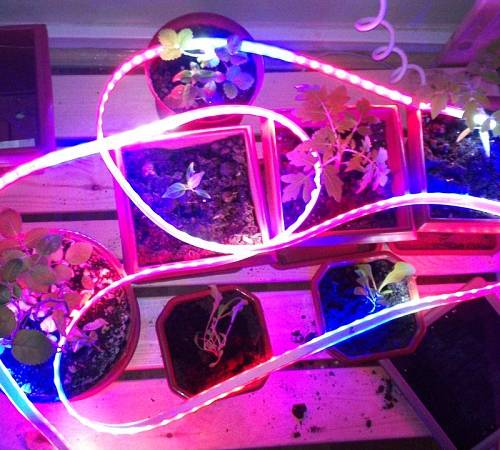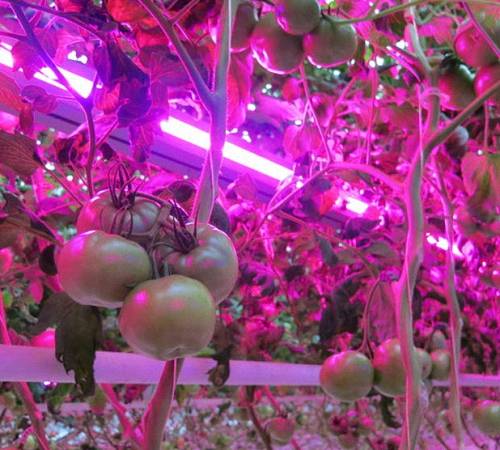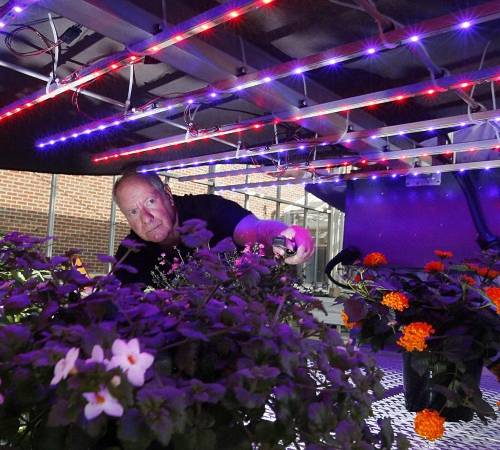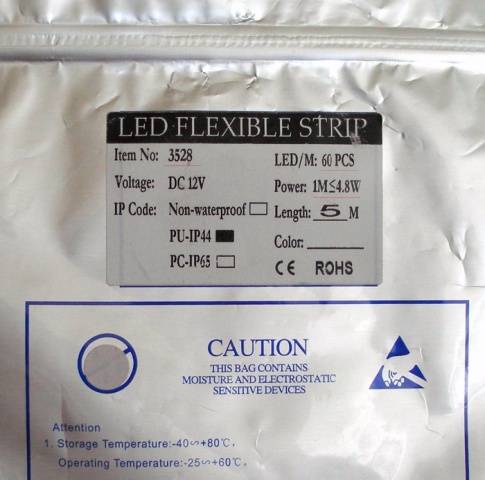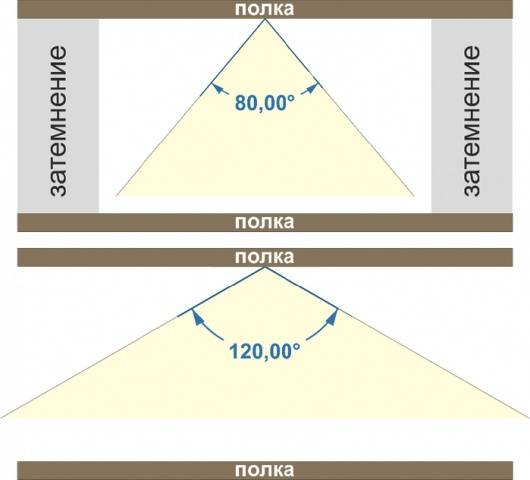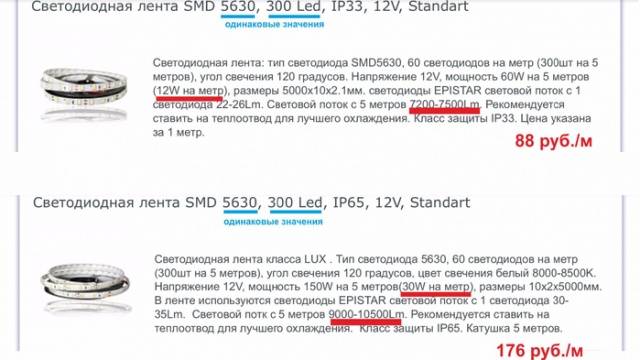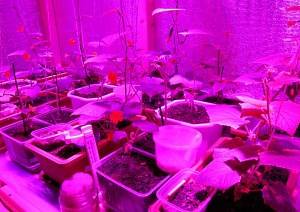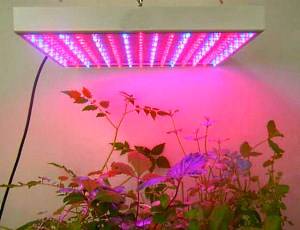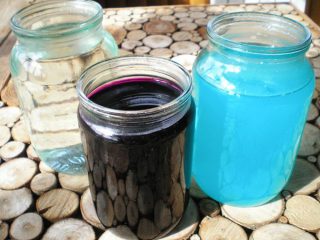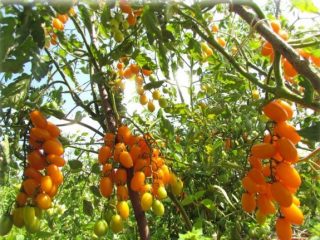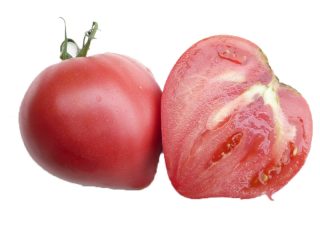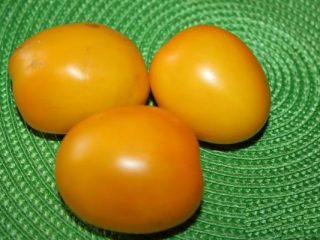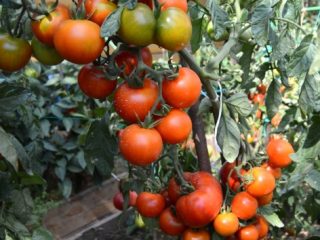Content
Seedlings are grown in early spring, when daylight hours are still short. Artificial lighting solves the problem of lack of light, but not every lamp equally useful. For plants, parameters such as intensity and spectrum are important. The optimal solution is illumination of seedlings LED strip, assembled with your own hands in a few minutes.
The benefits of artificial lighting
Lack of light negatively affects the development of seedlings. Photosynthesis in plants is inhibited, leaves and stems begin to fade. Vegetable growers solve the problem by installing artificial lighting from lamps. Yellow or white glow has a positive effect on the process of photosynthesis, but does not bring any other benefit. The entire necessary spectrum contains sunlight, which promotes the development of cells, leaf plates, and the formation of inflorescences. Illuminating seedlings with LED strips of different luminescence allows you to get as close to this indicator as possible.
LEDs emit the spectrum needed by seedlings, which is available in natural light. Scattered rays are better captured by plants. To obtain them, reflectors made of mirrors or foil are installed. Of the entire emitted spectrum, three colors are especially useful for seedlings:
- blue – stimulates growth;
- red – accelerates the process of formation of inflorescences;
- pink – combines the useful functions of blue and red.
To get the full spectrum, they began to use strips of LEDs of different luminescence to illuminate seedlings.
In the video, illumination of seedlings with LED strip:
Advantages of using LED strips
LEDs have the main advantage - they emit the spectrum of light necessary for seedlings, but there are a number of other important advantages:
- the tape consumes little electricity;
- LEDs emit light waves of different lengths, which are better absorbed by plants;
- the tape is designed for a long service life;
- low voltage operation makes the LED strip fire and electrical safe;
- LEDs have minimal flickering and no UV or IR radiation;
- LEDs are environmentally friendly due to the absence of harmful substances, such as mercury.
The downside is the cost. The price of a good LED strip with a power supply is 7–10 times more compared to a cheap LED light bulb, but the backlight will pay for itself in a couple of years.
Backlight installation rules
The illumination for seedlings on the windowsill is equipped with an LED strip so as to maximally prevent moisture from entering the electrical part. Light sources are mounted above the plants. You can glue a luminous strip to the back of the shelf on the top tier of the rack. Reflectors are placed on the sides of the box with seedlings. In this position, the mirror surface diffuses light better.
When growing a large number of seedlings, large racks with five shelves and place them on the floor. The distance of the structure from the window requires an increase in illumination time. To prevent the LEDs from overheating due to prolonged operation, the tapes are glued to an aluminum profile.
If the lighting is attached to the back of the shelf in the upper tier of the rack, then the possibility of adjusting the height of the lighting is eliminated. The light source should be located above the seedlings with a gap of 10 to 40 cm. LEDs practically do not emit heat. The danger of burning the foliage is eliminated, and this allows you to set the optimal gap of 10 cm.
When pecking sprouts, the lighting device should be brought as close as possible to the boxes. The seedlings grow rapidly, and along with it, the light source needs to be raised to maintain the gap. For this reason, it is better not to firmly attach the LED strip to the shelves of the rack, but to make a separate lamp from an aluminum profile or wooden beam. A homemade lighting fixture is fixed to the rack jumpers with ropes and, if necessary, lowered or raised.
Selecting a backlight strip
Many vegetable growers are frightened not by the cost of the LED strip, but by the lack of experience in choosing and connecting it. There is nothing complicated about this. Now we will look at how to choose an LED strip for illuminating seedlings and what other details are required.
All tapes are sold 5 m long, wound in a roll. It will have to be cut to fit the shelves of the rack, and the pieces will have to be connected with wires. An alternative is aluminum rulers with soldered LEDs. The metal base serves as a cooler. Rulers are produced in different lengths and are easier to choose according to the size of the rack, but the cost of the product is a little more expensive than the tape.
When purchasing an LED strip, look at the following characteristics:
- Brightness of the glow. LEDs are identified by a four-digit number. The higher the value, the brighter the light the tape emits.
- Volume of light. A certain number of LEDs are soldered onto 1 m of the base: 30, 60 or more pieces. As the number of bulbs increases, the LED strip emits a larger volume of light.
- LEDs differ in their beam angle. Bulbs come with an indicator of 80 or 120O. When using one strip to illuminate a large area, it is better to choose a product with a luminous angle of 120O.
- In order not to get confused in the four-digit designation of LEDs and their quantity, you can simply read the luminous flux value marking on the product packaging, indicated by Lumens (Lm).
- The cost of a strip with the same number of LEDs and their quantity varies. As an example, the photo shows a comparison of two products, where LEDs with number 5630 are used in the amount of 60 pcs/1 m, but the power and volume of light differ.
It is optimal for illuminating seedlings to choose a product with LED number 5630, power 20 W/m and luminous angle 120O.
An important indicator is the power of the LEDs. The higher the value, the more heating occurs. Aluminum profiles are sold to dissipate heat. When making homemade lighting, you should not save on this element.
The ribbons are sold in different colors.For plants, it is optimal to use two colors: blue and red. If the seedlings are in a room, such lighting creates visual discomfort. The optimal solution to the problem would be to manufacture a lamp with warm white LEDs.
LEDs operate on 12 or 24 volt DC. Connection to the outlet occurs through the power supply. The power of the rectifier is selected with a reserve. If you take it end to end, the electronic device will quickly fail due to overheating. For example, the power of 5 m of tape is 100 W. A power supply rated at 120–150 W is suitable. More is better than less.
LED backlight assembly
To make a lamp you will need a strip equal to the length of the shelf of the rack for seedlings. You can use a wooden beam, but it is better to buy an aluminum profile. It will be neater, plus the side walls will act as a cooler.
If white LEDs are selected for illumination, one luminous strip will suffice above the shelf with seedlings. When combining red and blue LEDs, a lamp is made of two strips. To pair, aluminum profiles are screwed with self-tapping screws to a wooden plank parallel to each other.
The LED strip is cut to the length of the profile. The cutting location can be easily identified by the applied scissor pattern. Two wires are soldered to one end or a connecting connector is placed.On the back side of the LEDs there is an adhesive layer covered with a protective film. It needs to be removed and the tape glued to the aluminum profile.
The lamp is ready. Now all that remains is to connect the LED strip to illuminate the seedlings to the power supply. The LEDs will glow if the polarity is correct: plus and minus. Phase and zero markings are on the power supply. There are “+” and “–” marks on the tape where the wires are soldered. The wire coming from the minus is connected to the zero contact on the power supply, and the positive wire is connected to the phase contact. If connected correctly, after applying voltage, the homemade lamp will light up.
The video demonstrates the making of the lamp:
The lamps are made in the same way as the number of shelves in the racks. A homemade lighting device is suspended on a rope above the seedlings. As the plants grow, the lamp is raised higher, maintaining a gap of at least 10 cm.
